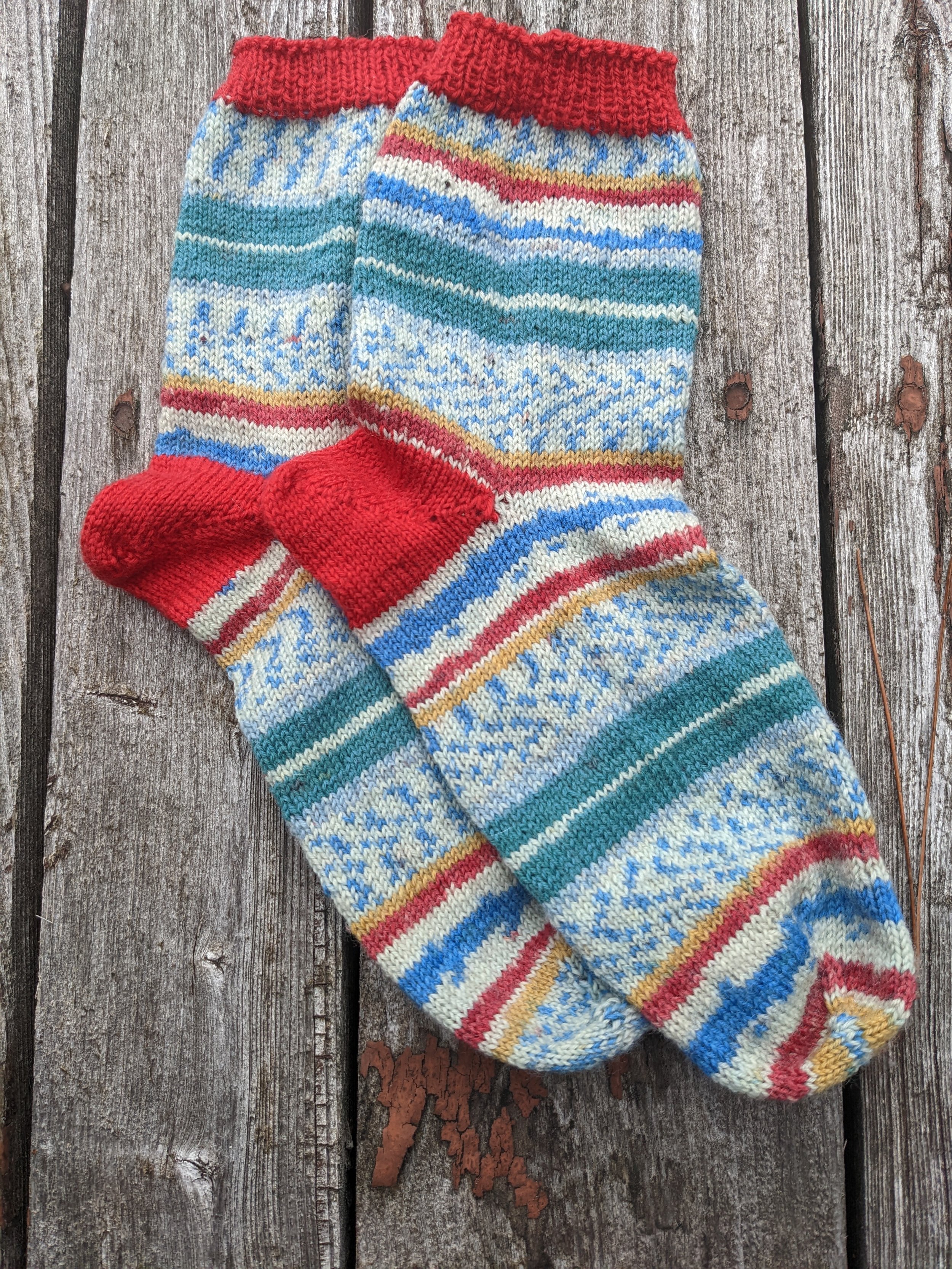A week of vacation and several days too hot to be anything other than leisurely made for some good reading this month. Happy sigh. I’m a warm weather creature that’s for sure. Very nice variety in books this month as well, which I think ups my satisfaction level overall. It’s clear I get cranky when I indulge in too much of one genre.
The Emperor of All Maladies: A Biography of Cancer by Siddhartha Mukherjee. There is nothing light about this book, but it is a surprisingly swift read, given the subject matter. It’s about cancer itself as the bête noire of humanity that’s been with us for thousands of years. Through the lens of a researcher and scientist, and with the voice of a gifted storyteller, the author both demystifies cancer and reveals its astonishing complexity. Truly engrossing.
Quoth the Raven (The Gregor Demarkian Holiday Mysteries Book 4) by Jane Haddam. I found that this one was not as enjoyable as some of the others by this author featuring the same protagonist. This book takes Gregor away from home, and what became apparent to me is that I really enjoy the atmosphere of the Armenian neighbourhood and his collection of neighbours as part of the fabric of the story, and a WASPy college campus – the setting for this book – really wasn’t as interesting.
Birdie by Tracey Lindberg. It's fiction, beautifully written, about a Cree woman who's struggling to build her life as an independent adult and needs to go deep within herself to get past her own past and rebuild a new self-story. The language is absolutely gorgeous, layering in Cree words to the English here and there, usually to express concepts that don't have an English equivalent. I found myself reading some passages aloud to savour the cadence. Also if you're a Canadian of an age advanced enough to remember The Beachcombers, you'll find some resonance there as well.
Knitlandia by Clara Parkes. Each chapter is the author visiting another place (a yarn festival, or an indie dyer, or a tour of a country) and speaking about it from her perspective as a dedicated knitter. It was completely charming, and light! And with the recent social upheavals in the fibre arts world (seriously guys, it's been rough!), it's great to read a sympathetic voice about how the shared culture can knit us (har, har) together.
Good Omens by Terry Pratchett and Neil Gaiman. I started reading this novel once before and couldn’t get through it. I found it dull, boring even. Having joyfully flown through it this time around, I fully agree with those of you shaking your heads in bewilderment. I know. What was wrong in my brain? This book is a delight, from start to finish. Co-written by two masters, it tells the story of the impending apocalypse with a demon and an angel as anchoring characters, who know they should be at odds but actually find collaboration far more efficient since, after all, both their bosses want the end times to arrive – but they, having grown quite comfortable with humanity, don’t. The full cast of characters offers tremendous fun; as out there as they get, even the bit players feel fully realized and treated with respect by the authors. Now with the book officially under my belt, I’ve started to watch the Amazon Prime series. Loving it so far, with a special mention for David Tennant’s slinky, aging rock star-like portrayal of Crowley, the demon.
The Dispossessed: Fall of a Fortress by Frieda Watt. The title of this book gave me a misguided impression of what to expect. I really thought it would be about the community of Fortress of Louisbourg in what is now called Cape Breton, Nova Scotia but then was a small French outpost on Ile Royale, a thousand kilometres away from the capital of New France, Quebec City. I expected to read the stories of several intertwining characters, maybe of different social status. However, it has a smaller focus than that, zooming in on a single character, Marie Levesque, and telling the story of her romance with a local boy, who unwittingly becomes a French soldier. Despite the often-implausible twists and turns and some occasional anachronistic language that hits the mind with a thud, it is a rather engaging romance that illuminates the history of the fortress where lives are threatened and changed irrevocably by events across the ocean.
Sweet Valley Confidential: 10 Years Later by Francine Pascal. Hey, I’m not too proud to admit that I gobbled this novel up pretty much as soon as I learned of its existence. (Since it was published in 2011, I’m clearly out of SV loop.) To be sure, it is truly bad, with none of the characters – not a one – having had much apparent emotional growth since their Sweet Valley High days. Elizabeth and Jessica are still perfectly beautiful and perfectly identical, but they are now bitter enemies after a huge betrayal. Dun, dun, dun! Of course, it’s over a man. What else could possibly matter so deeply to this pair? Anyhow, I very much enjoyed finding out what Pascal had in store for the twins at 27. I won’t spoil any of it. If you are interested, read it! If you aren’t and never have been, that’s a bullet well and truly dodged, friend.
On the Pod:
99% Invisible is a massively successful podcast that deserves pretty much every listen you have to give. It’s about “all the thought that goes into the things we don’t think about — the unnoticed architecture and design that shape our world,” and I don’t believe I’ve heard a disappointing episode yet. Start at any one that catches your fancy because they are self-contained and generally pretty timeless. Here’s a tasting menu of some that come to mind for me:
Episode 357: The Barney Design Redux – About the evolution of jersey design in the NBA, with “Barney Design” referring to the original Raptors look with the crazy red dinosaur dribbling the ball.
Episode 328: Devolutionary Design – The seriously fascinating story behind the cramazing album cover for 1978’s Q: Are We Not Men? A: We Are Devo!, which featured a somewhat mutated portrait of legendary golfer Chi Chi Rodriguez.
Episode 308: Curb Cuts – Here’s an essential little something that you don’t notice until you need them - the small ramps from sidewalk to street or to parking lot that make it possible for wheelchair users, people pushing strollers or anyone with mobility challenges to continue their journey. I had no idea they were invented just 50ish years ago. I was shocked they were “invented” at all and hadn’t just been part of sidewalk design since the inception of sidewalks. Mind blown and a perfect example of design that, when done well, is invisible.




